Cooking with Butter: Any good cook know that butting is a key ingredient in any meal. So, I have decided to put together a couple of tips for all you aspiring cooks to help you master the art of butter.
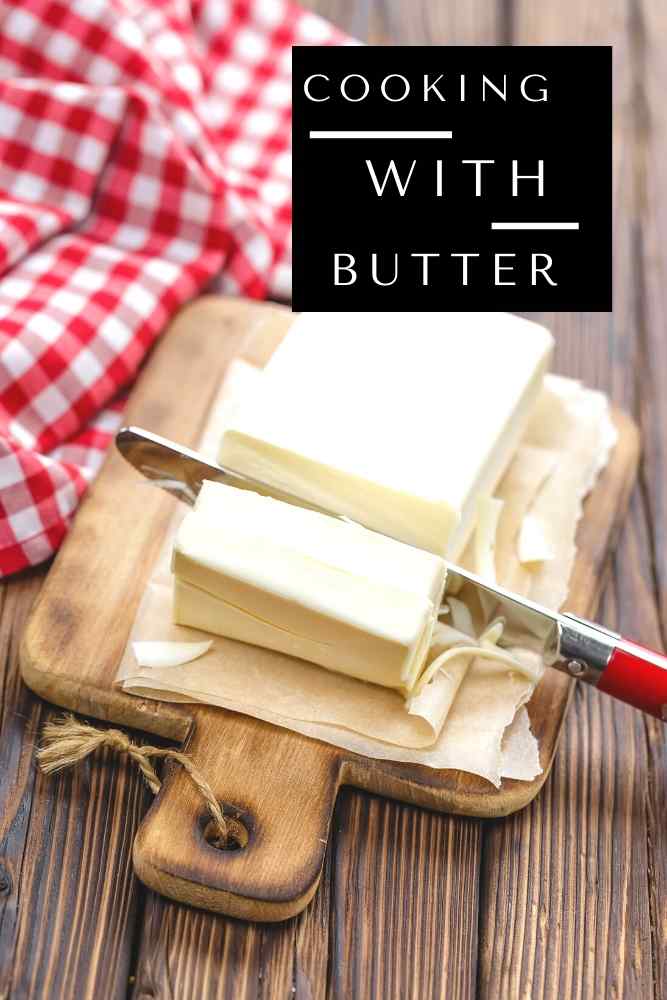
1) Before sautéing wait for butter to stop foaming.
Sautéing is best done in hot fat. When foaming subsides, it’s an easy visual cue that the melted butter is hot enough for cooking.
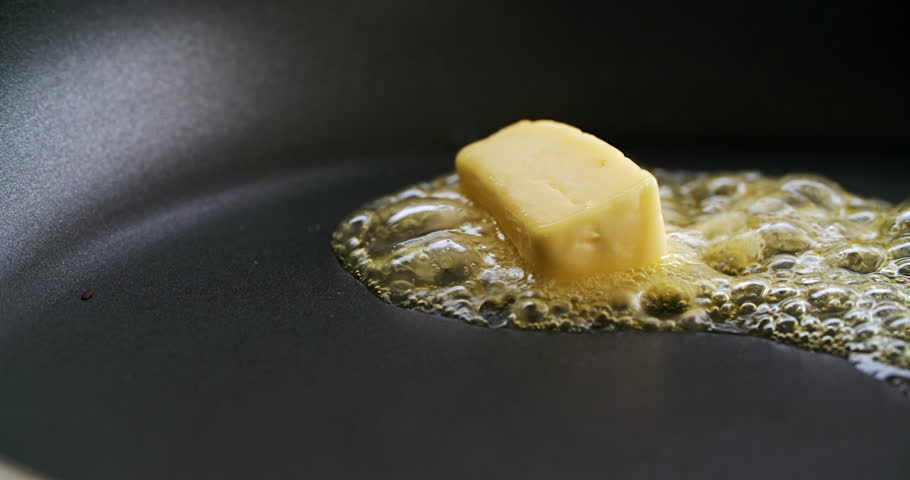
2) For pastry use cold not softened butter.
Good, light pastry and biscuits depend on distinct pieces of cold, solid butter distributed throughout the dough that melt during baking and leave behind pockets of air.

3) Add cold butter to pan sauces.
Swirling a tablespoon or two of cold butter into a pan sauce right before serving adds both richness and body. pull the pan off the heat and add at least one tablespoon of cold butter. To make sure your sauce is thick and glossy, you need to create an emulsion. Swirl or whisk in the butter, returning the pan briefly to the heat if necessary, to help it melt. If you want to thicken and enrich the sauce even more, add more butter, one tablespoon at a time, letting it melt and emulsify between each addition; this gradual process of adding the butter is called mounting.
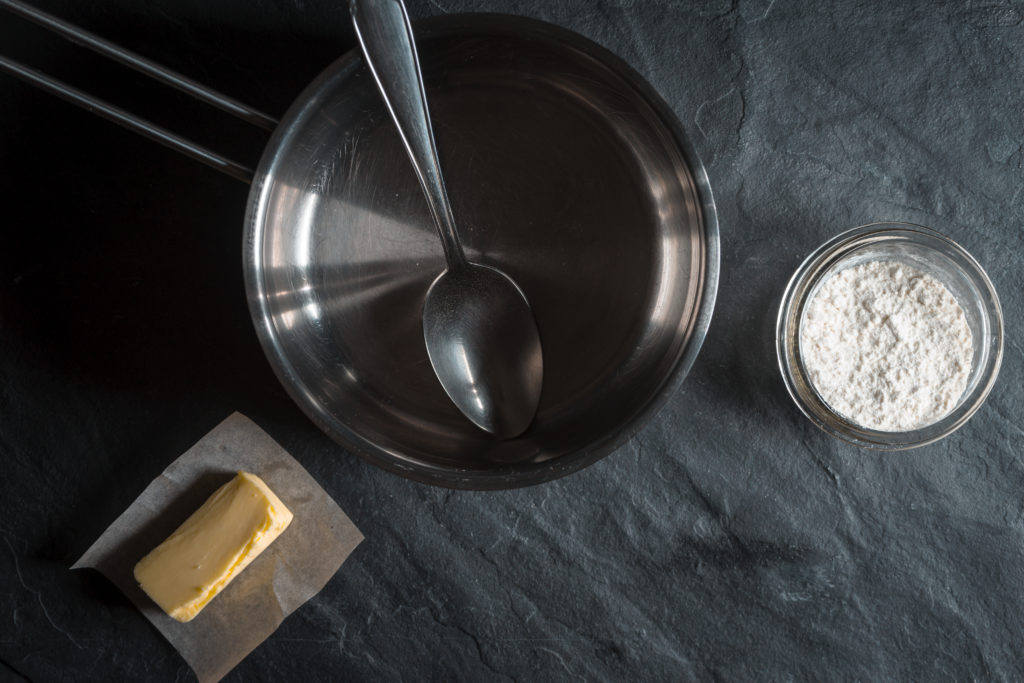
4) Slip butter under the skin of chicken breasts.
Start by sliding your fingers between the meat and the skin, entering at either end of the chicken. Working slowly, separate as much of the skin from the meat as you can reach
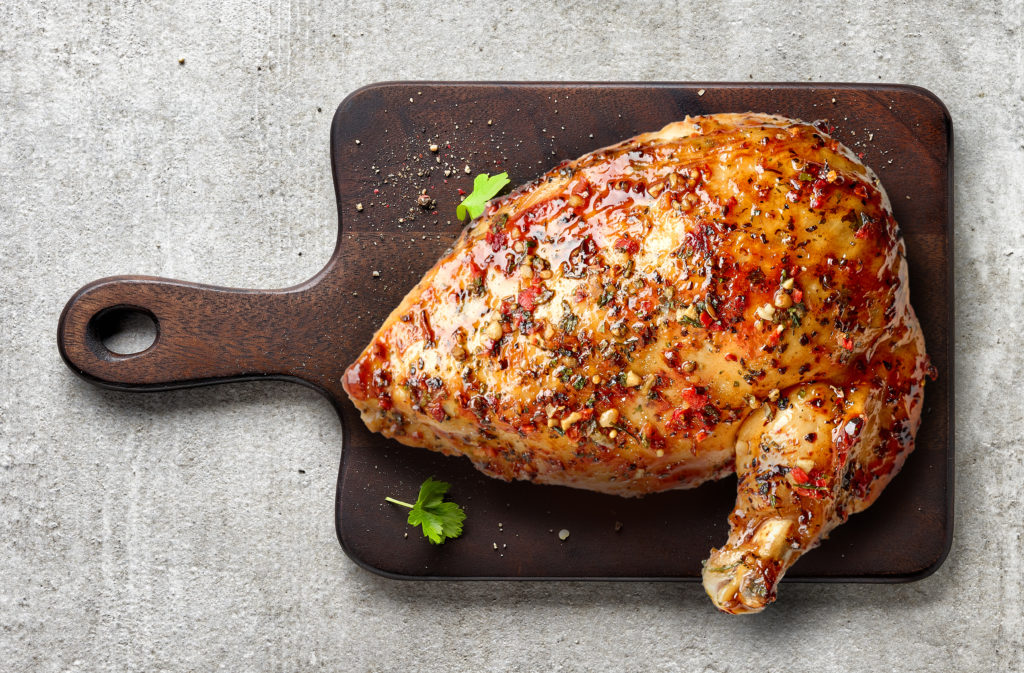
Grab a few tablespoons of the softened -butter and use your fingers to push it beneath the loosened skin. Rub it directly into the meat as evenly as possible. You can massage the outside of the bird to distribute the softened -butter to the areas that you can’t reach directly.
5) For creamy mashed potatoes add butter before dairy in.
If the dairy is stirred into the hot cooked potatoes before the butter, the water in the dairy will combine with the potatoes’ starch, making them gummy. The result? Smoother, more velvety mashed potatoes.
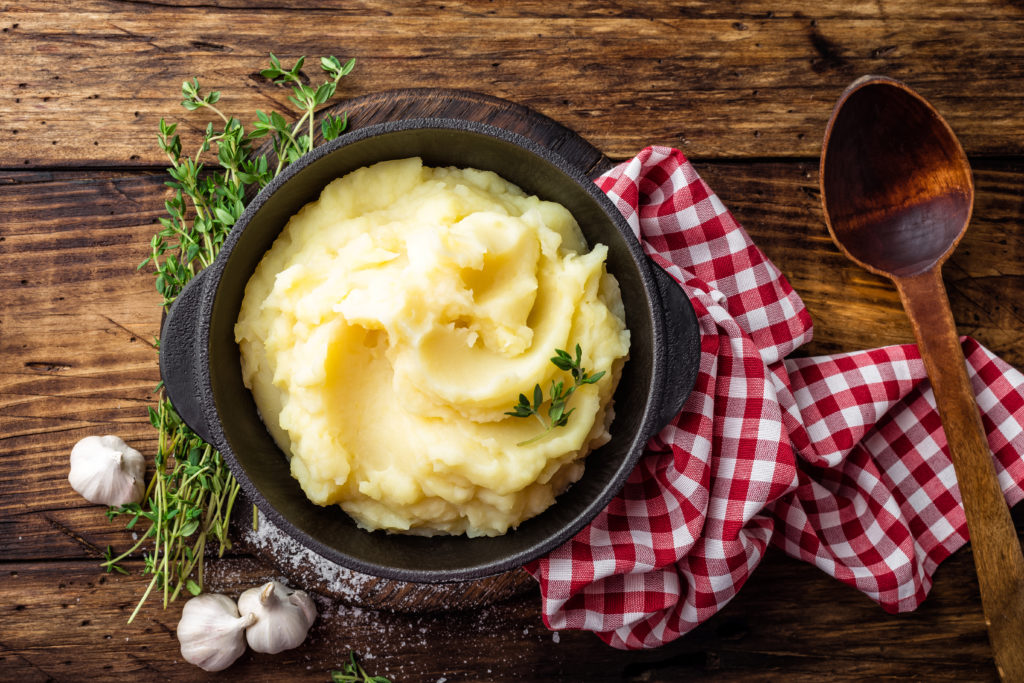
6) Add butter bits to uncooked eggs for omelets.
Whisking a tablespoon of cold, diced butter into the eggs before cooking is the secret to a soft, creamy omelet.


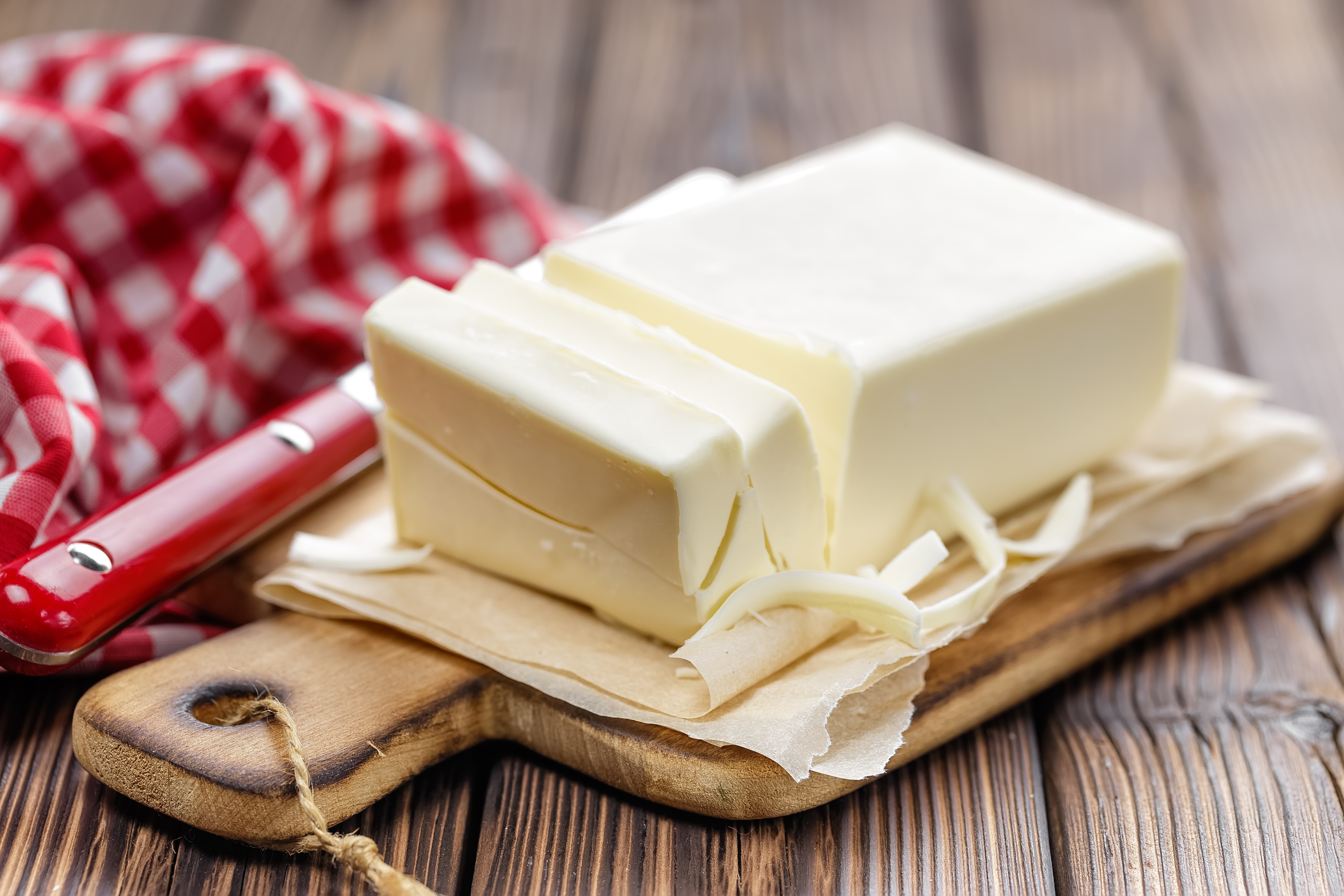
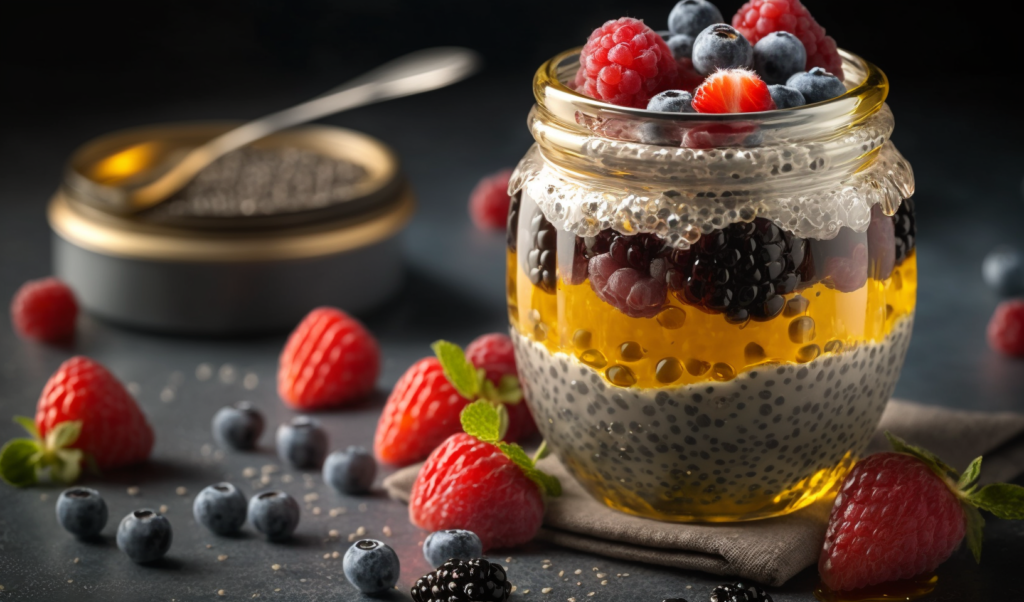

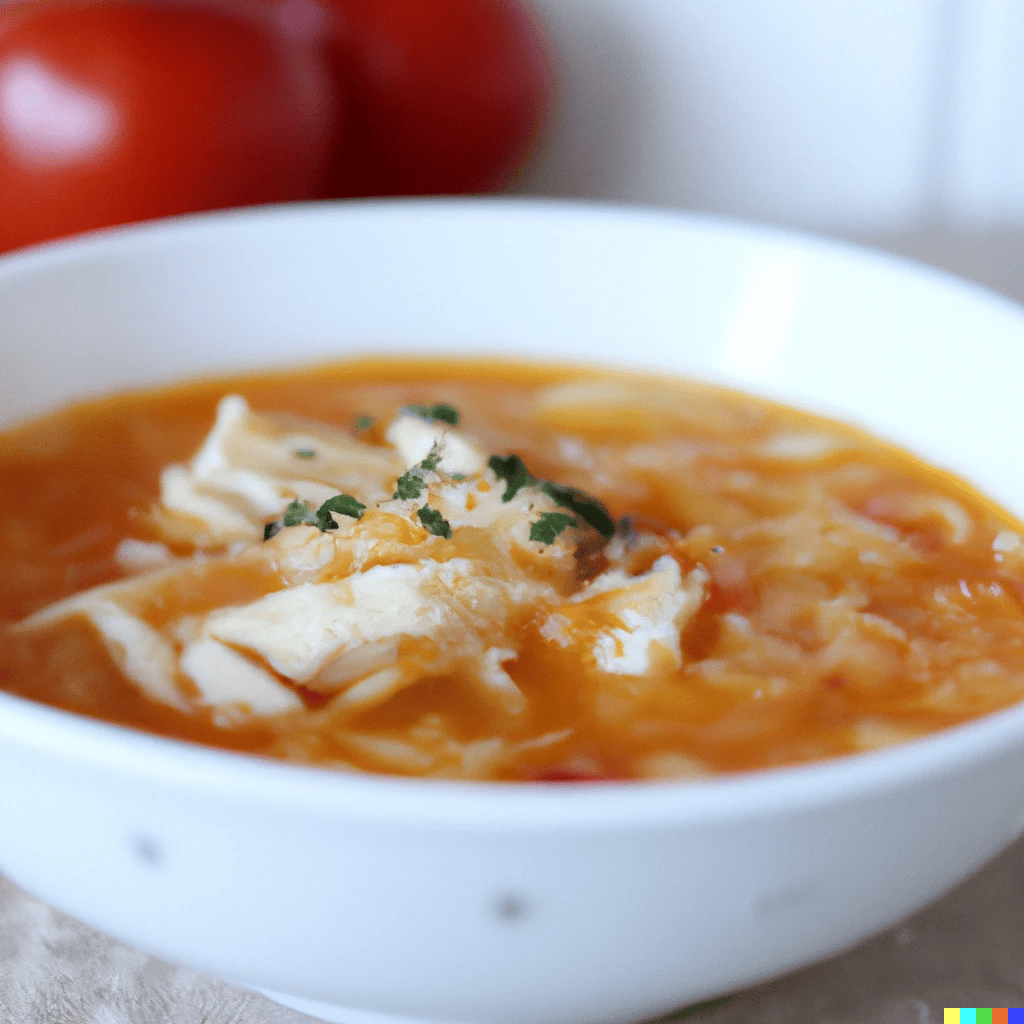

Hey there! I know this is kind of off topic but I was wondering if you knew where I could find a captcha plugin for my comment form? I’m using the same blog platform as yours and I’m having difficulty finding one? Thanks a lot!